A loooong time ago, I did this ↓ and noticed there were some nervous people around me.
“Did I do something wrong?” “Was something falling from the top of the ladder?” No, there was nothing—I made sure of that before I started walking under it.
If you’re an American, you know exactly why. This is one of the classic American “bad luck” superstitions. I hadn’t found out why people were behaving weirdly that day until much later, of course. And along the way, I picked up a few more of these bad luck signs. Walk away when you see a black cat. Don’t tip over the salt shaker on the table. Meeting your doppelganger is bad luck (like you have any control over it). Don’t break mirrors (who would want to?) and et cetera, et cetera.
Today, let me share some of the popular Korean bad luck superstitions. Most of these are so built into the culture that they’re obeyed more strictly than the law.
First, if you’re in Korea, or have been, you’ve probably noticed this in buildings.
Korean elevators don’t have the 4th floor buttons. They are either shown as “F” (for Four) or there is no floor 4 altogether. This is because of the Korean fear/hatred of the number 4 in general.
4 = 사 = sah
死 (Chinese character for “death”) = 사 = sah
Then, there’s this. Do NOT write people’s names (including your own) in RED ink. People will actually get mad at you if you do—especially older folks. There are different stories of how this started but they are all related to red being the color of death = blood.
One of the theories based on historical fact: about 550 years ago, there was a coup d’état that overthrew a 14-year old Joseon King (Dan-jong, 단종). The mastermind of that coup Han Myong-hwae (한명회) drew up a book of people to kill and people to spare. The names on the “kill” list were supposedly written in red, and since then it was considered absolute taboo to do so.
If you’re a couple, do NOT walk the very pretty and picturesque pathway along the Deoksugung Palace stone walls (덕수궁 돌담길). If you do, you will break up soon.

This one, we can definitely trace back to how it got started (only a few decades old), which is actually kind of a funny story. Let’s take a look at a partial map of Seoul downtown.
OK, on the map, 1 is the (in)famous Deoksugung Pathway. And while we’re at it, 3 is the Russian Embassy, 4 the Residence of the United States Ambassador, 5 the British Embassy, 6 the City Hall, and 7 is where old small restaurants are concentrated at. (If you’ve heard of BCD Tofu House restaurant chains, that BCD is short for Buk-Chang-Dong (북창동), the name of this area.)
2 is SeMA—Seoul Museum of Art today, but it’s where the Seoul Family Court used to be. USED TO be. You know, the place where you file divorce papers and have your cases heard and settled? Hence, the rumors of couples splitting up after walking this otherwise very date-worthy place (not rumors, actual facts, it turned out). So, in a way, that Deoksugung Path was destined to be a grim (or happy, depending how you look at it) walk. Just for your reference, you can see what it’s like in the following YouTube video. The first 4 minutes or so—the stupid banners kinda ruin the ambience, but...
Do NOT gift shoes to your boy/girlfriend. This stems from the belief that your boy/girlfriend will “run away” with the new shoes on.
Say you’re at a Korean restaurant with a bowl of rice right in front of you, and you have to step away for a second. What are you going to do with the chopsticks that you were holding? Don’t ever do this. ↓
Leave the chopsticks to the side of the rice bowl on the table. Do NOT stick them in the rice as shown in the picture. This is an Asian thing, not a Korean thing per se. The rice served this way is for the dead people. So, if you do this, that means… you know…
Do NOT whistle at night. It conjures up ghosts.
Do NOT eat seaweed soup (미역국) on the day of testing. SAT, school finals, driver’s license… whatever test you might be taking, stay away from seaweed soup on that day. Seaweed is slimy and really slippery, right? The Korean verb for slipping doubles as “not passing.” I guess that’s also the case in English-speaking countries.

And to a weird one. Do NOT go to sleep with a fan turned on. You will die. My parents used to tell me this when I was little, and I believed it until I actually tried it years ago. It just didn’t make any sense. The reasoning was, you will suffocate from all the forced air coming to you from one direction => hence, no air circulation. WHAT?? I think someone in the government during the 1950s and 60s, when Korea was very poor, spread this little lie in the hopes of dissuading people from using extra electricity during summer months.
There are a few more, but these are the big ones.




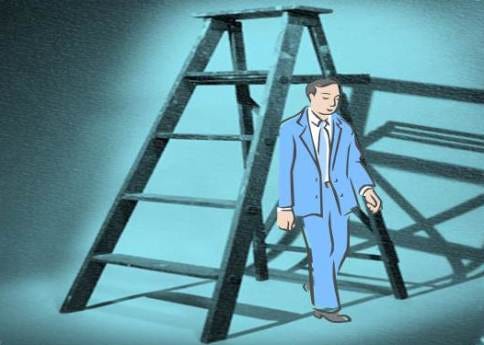

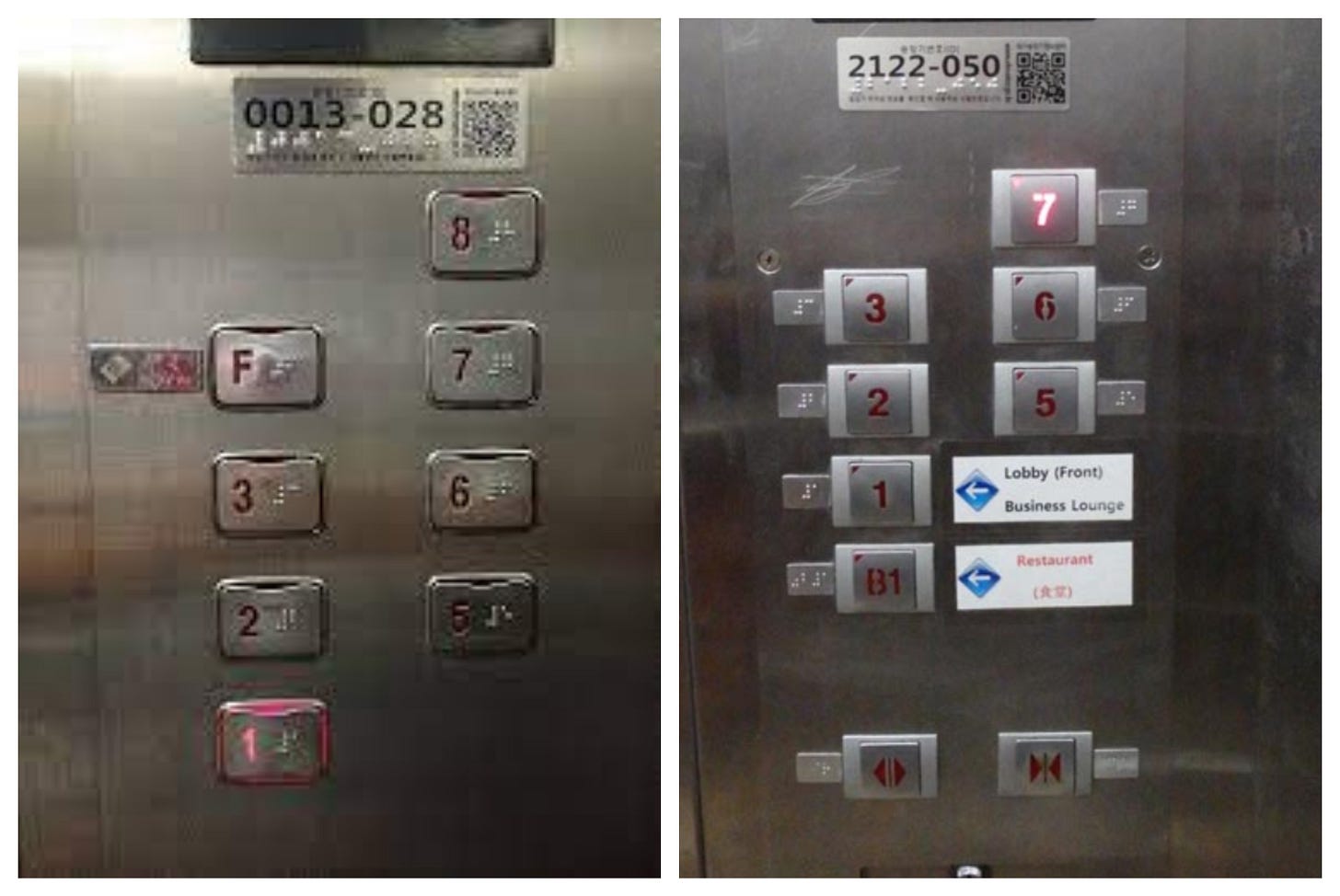
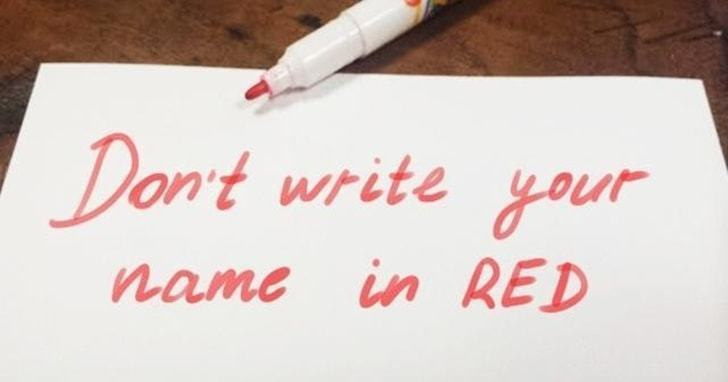

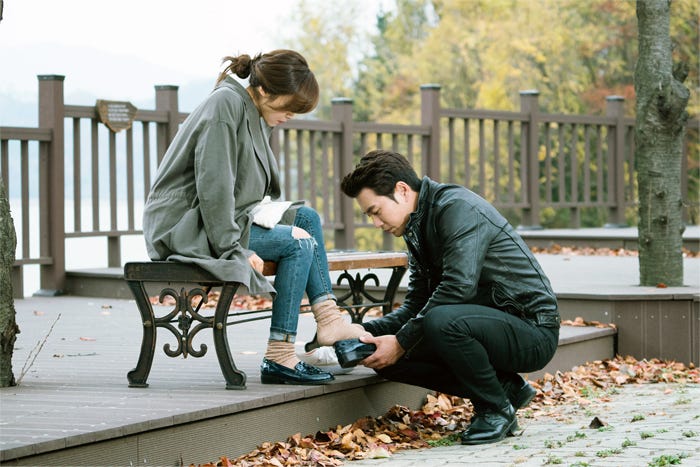
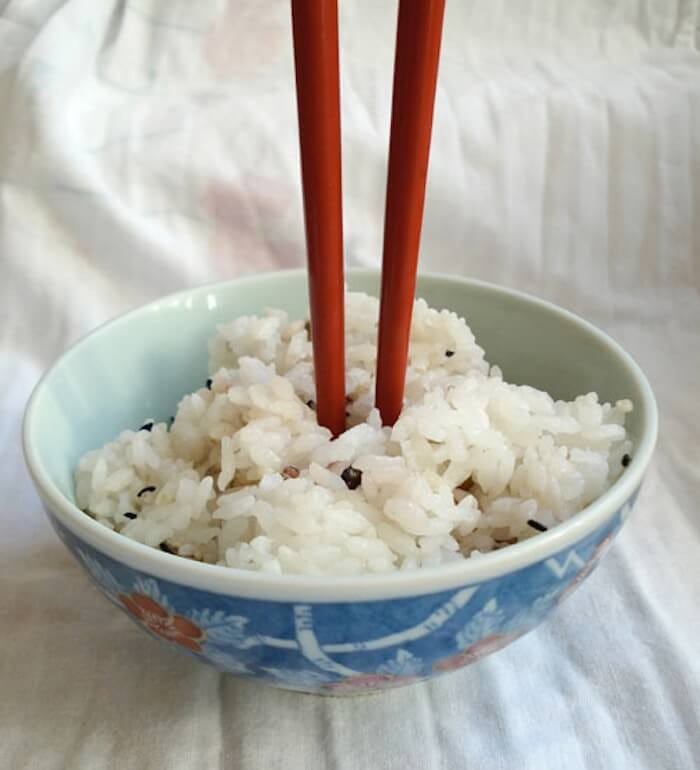

That was a fun read. Thanks! I am grateful I learned some of those superstitions before I offended anyone. But I definitely used a fan a lot this past summer (set the timer for an hour). I think a Korean summer withOUT a fan at night would have been death....